

The headquarters of the tech world may no longer be Tokyo, but there is no better place on the planet to browse the latest gadgets.
We hear about Japan's stagnant economy, and about how it's losing ground to South Korea and China, but the likes of Yodobashi, BIC Camera, Edion and Yamada Denki offer the kind of choice that's impossible to find anywhere else.
Exchange rate-wise, now is a good time to visit Japan (tourism has doubled in the last year), though whenever you visit, stocking-up on tech goods can be done tax-free.
For instance, BIC Camera offers anyone producing a foreign passport five percent off plus the return of sales tax – about eight percent – when you use a Visa card.
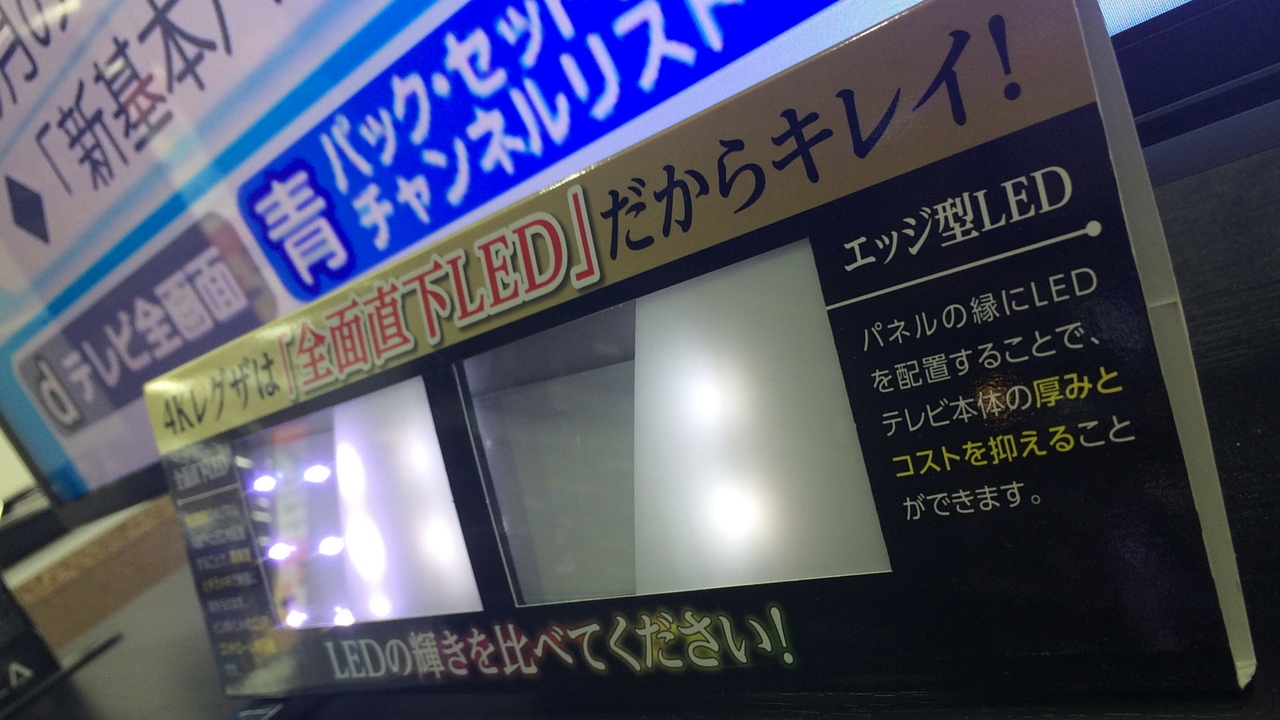
Tech explained
Japanese people are tech-savvy, and the stores clearly have enormous respect for that. In the UK and US it's pretty obvious that most people head into a store with a vague idea of wanting a big telly, and buy the cheapest or the brightest one they can see.
In Japan, it's a war of words.
You'll see explanations and mocked-up comparisons between Direct LED and Edge LED backlighting, HDR demos, and TVs with banks of 3D glasses nearby so you can try them out. Between the Sony and Sharp concessions of the store we visited there was an impressive section dedicated to Android TV, which in Japan is the start and end of smart TV (here, Samsung and LG – OLED aside – are virtually unheard of).
Get all the latest news, reviews, deals and buying guides on gorgeous tech, home and active products from the T3 experts
It's a choice between Android TV or Chromecast, though during our visit there wasn't a single TV that didn't sport a Netflix logo somewhere.
For anyone excited about the latest TV tech, it's the place to try everything out for yourself.
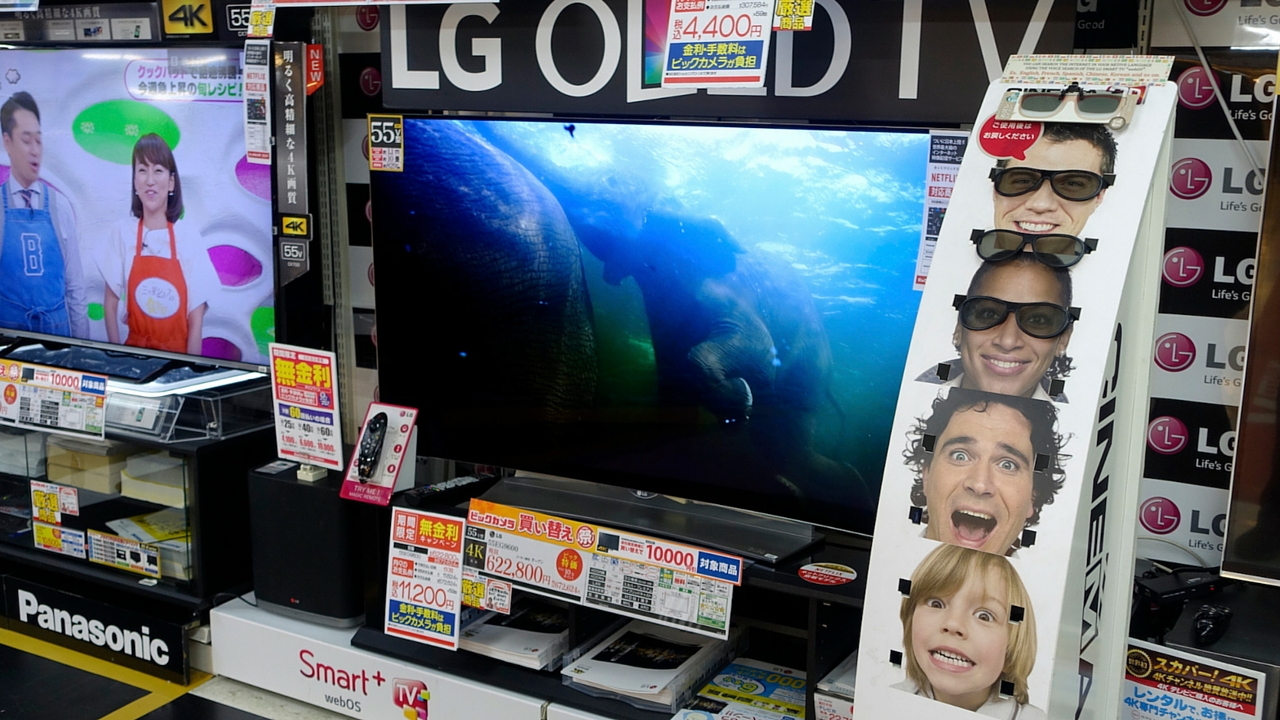
Useful displays
In Japan, clarity and transparency are everything. Go to an electronics store in the UK or the US and you'll probably have to go online to get the full specs of any TV or gadget you're perusing.
That's not the case in Japan.
If the TV you're looking at has 4K resolution, you will know the instant you glance in its direction. It's the same with smaller features, too, with HDR compatibility clearly labelled as well as comparisons between different types of backlighting.
If that wasn't enough, there are brochures underneath each TV that explain not only more about the product, but about exactly where it sits in the manufacture's range. Very handy.
Want to know the metric measurements of the TV without having to go fishing for a tape measure? Well, it's got that information on it, too.
There are 'matching' Blu-ray recorders underneath most of the TVs (there's no such thing as a simple Blu-ray player in Japan), and it's even possible to buy a laser LCD TV from Mitsubishi that has a red laser backlight and a built-in Blu-ray recorder.
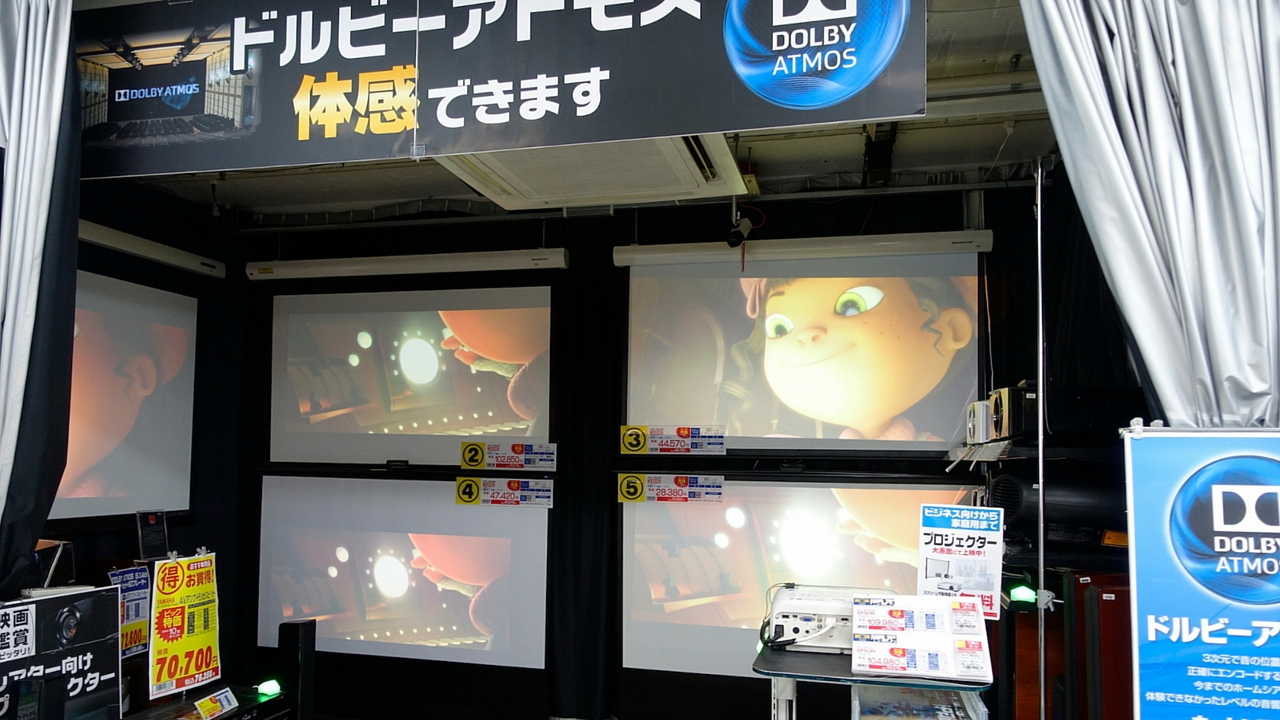
Home theater sections
When you bought your last TV did you at any time think about buying a projector instead? You probably did, but then you went to the store and there were none on show.
In most of the bigger stores in Japan there are rooms near the TV section where projectors can be demoed, complete with screens and curtains.
There's special home theater sections, too, where Yamaha soundbars and speakers, and Onkyo AV receivers, dominate.
Dolby Atmos stickers are everywhere, and you'll even find a library of home cinema magazines to consult.
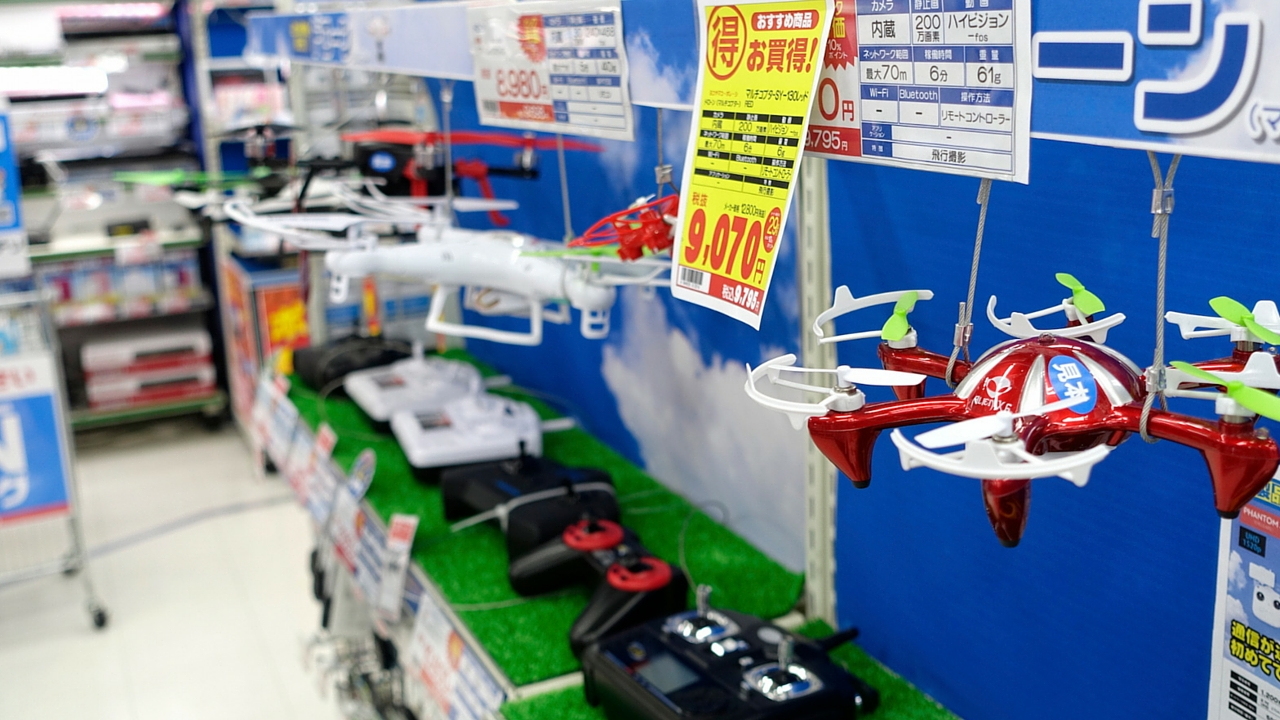
Is it just TVs & AV?
Absolutely not. The ground floors are usually dominated by Softbank, a telecoms operator that sells phones from the usual suspects. Apple appears dominant, but phones by Samsung and Sharp are almost as common.
However, somewhere in most big stores you'll find dedicated sections for everything from laptops, luggage, smart watches, mobile phone cases galore (each row neatly arranged by phone model), drones, digital cameras and bags (galore), Japanese anime toys, musical instruments, automatic toothpick dispensers (why not?) and, yes, the star of the show – the Toto Washlet toilets.
The Japanese toilet that has a warmed seat, and cleans and even blow-dries your behind using a retractable 'wand', isn't just a silly cliché. This national obsession seems to add a new feature every year, so no wonder it takes-up prime space in stores.
There's always a gadget or two to surprise you in Japan; near to a BIC Camera in the southern city of Kagoshima are claw-vending machines dispensing (if you're lucky) robot vacuum cleaners, while every single convenience store in Japan has SD Cards, phone recharging cables, portable batteries and earphones.
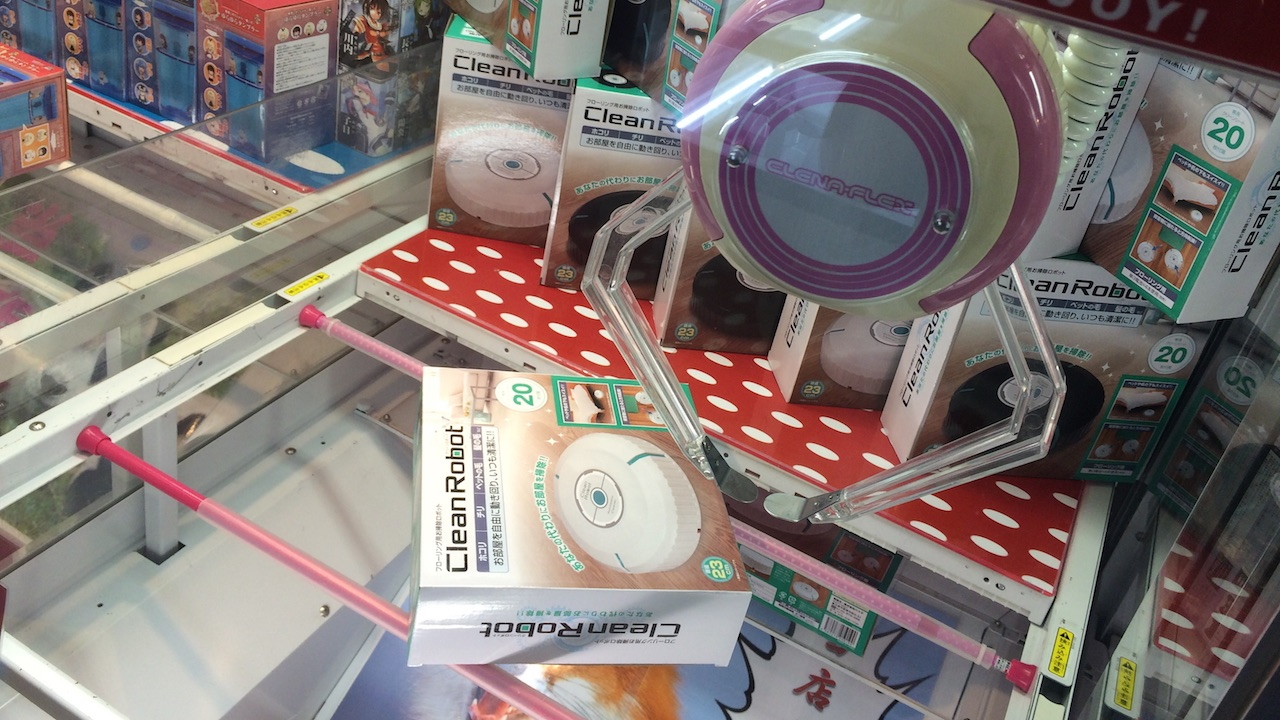
Which stores should I visit?
All over Japan, you'll find a BIC Camera – they're everywhere (there are over 40, with 17 in Tokyo alone), and most big cities have several branches. However, in Tokyo the obvious choice is Yodobashi Akiba, an eight-floor megastore in otaku (geek) district Akihabara Electric Town.
After you've shopped for gadgets, eaten Wagyu beef in one of the restaurants upstairs, and whacked a few balls in the golf range on the roof (complete with automatic ball dispenser and a stroke analysis computer), you can browse the one-man stores around the train station that have been there since World War II.
You can even go to a Maid Café (where female servers wear French Maid costumes), Butler Café (men in butler outfits) or the JaLaLa Cat Café if that's your thing. You can even get your gadgets blessed at the nearby Kanda Myojin Shinto temple, though it specialises in computers.

There's also a handy BIC Camera in central Ginza (just a few hundred yards from the Sony Building and showroom and not far from Panasonic Center Tokyo in nearby Shimbashi), and another big one in Shinjuku, while Osaka has Yodobashi Umeda, the 'Den Den' Electric Town areas, and nearby Nipponbashi.
If in doubt, head to a train station, where you'll also find the Shinkansen high-speed bullet trains, yet another reminder that Japan continues to live a decade ahead of the rest of us.
Jamie is a freelance journalist, copywriter and author with 20 years' experience. He's written journalism for over 50 publications and websites and, when he's not writing, spending most of his time travelling – putting the latest travel tech through its paces.
